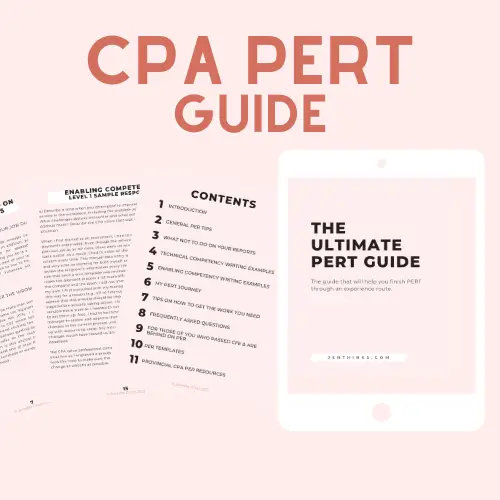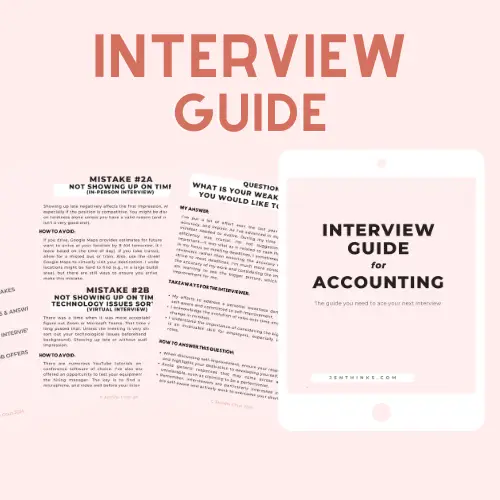If you read my last post on why we went with fixed mortgage rate again, you would already know that we recently renewed the mortgage for our principal residence. Since we are currently in a rising interest rate environment (2 rate hikes since I locked in my rate), renewing as early as I possibly could literally saved me thousands in interest over the 4-year term of my mortgage. So, I am sharing the 5 simple steps to shopping for mortgage renewal rates and potentially save thousands of dollars.
Step 1. Find Out What Your Renewal Date Is
Do this as soon as you read this even if you are months (or even years) away from your renewal date. Then, simply Google “120 days before (renewal date)” so you know the earliest date you can lock in your renewal rate. Note, there is no downside to locking it in early because we are going to make sure we can take advantage of rate drop by asking the right questions.
Step 2. Reach Out to Your Current Lender & Mortgage Broker
Your current lender (the bank, credit union or lender that holds your current mortgage) might or might not reach out to you until closer to your renewal date. In my case, my bank sent me a renewal notice 3 months before my renewal date. If I had waited for them to reach out before taking action, it would have cost me thousands more in interest as fixed rate was on the rise.
It is important for you to reach out to your lender proactively. Do so a couple of weeks before your 120-day window. Ask them what renewal rates they are offering. At the same time, reach out to a couple of mortgage brokers if you do not already work with one. I did just that and ended up working with the second mortgage broker I reached out to as the first one was taking forever to answer simple inquiries. Remember, they work on commissions so you can expect a certain level of customer service. In fact, the mortgage broker I chose exceeded my expectations as he has been nothing but knowledgeable and efficient.
Alternatively, you can also reach out to individual lenders on your own. The downside is this approach might be more time-consuming as you will have to contact them one by one. However, with thousands of dollars on the line, I am sure you can justify the time for the value.
Step 3. Go Back to Your Existing Lender to See If They Can Match
Now that you have some mortgage renewal rates from your mortgage broker or from your own research, go back to your existing lender and ask them to match. All things equal, staying with your existing lender is the easiest as you don’t need to re-qualify and go through the stress test (i.e. submit income letter, proof of assets etc.). All you have to do is to let them know what rates you were offered elsewhere and let them work hard to keep your business.
Keep in mind there is a chance your existing lender would come back with a rate higher than what you can get elsewhere. This is why the next step is important.
Step 4. Compare Rates to Potentially Save Thousands!
Below are some factors you might want to consider when comparing different mortgage renewal rates:
- mortgage term
- fixed term are typically 1- to 5-year while variable are most commonly 5-year
- pre-payment and payment increase privileges
- give you the flexibility to pay off your mortgage faster without paying a penalty
- penalty to break the mortgage and porting ability
- penalty to break a fixed rate mortgage is substantially higher than variable
- important to consider if you plan on selling the property in the near future (e.g., upsizing)
- the ability to port your mortgage could allow you the flexibility to switch homes without paying the high penalty associated with fixed mortgage
- fees to switch lenders (e.g., appraisal fee, discharge fee and legal fee)
- discharge and appraisal fees are often covered by the new lender as an incentive for the new business
- legal fee typically applies if your current mortgage is registered as a collateral charge
I deliberately left out macro economic environment as a deciding factor as no one has a crystal ball. As of the writing of this post, Bank of Canada (BOC)’s key interest rate is at 22-year high at 5%. While many think this is the peak, we simply never know. I am not opposed to considering the economy when you make any financial decision, but keep in mind the risks associated with trying to time the market (e.g., BOC increases the rate further after choosing a variable rate product).
Step 5. Keep An Eye Out Until Actual Renewal Date
If you decide to stay with your current lender, the process should be relatively simple. However, I would double check with your bank in writing what happens if rate drops before your actual renewal date. Find out how you can take advantage of the lower rate by confirming:
- when is the deadline (e.g., 20 days before renewal)
- what is the process (e.g., reach out to the mortgage rep)
If you decide to switch lender to take advantage of a more competitive mortgage renewal rate, start the application as soon as possible. This process is very similar to getting a new mortgage so current stress test rules and income qualification process apply. Ask the same questions as the above so you can take advantage of any rate drop until closer to your renewal date.


